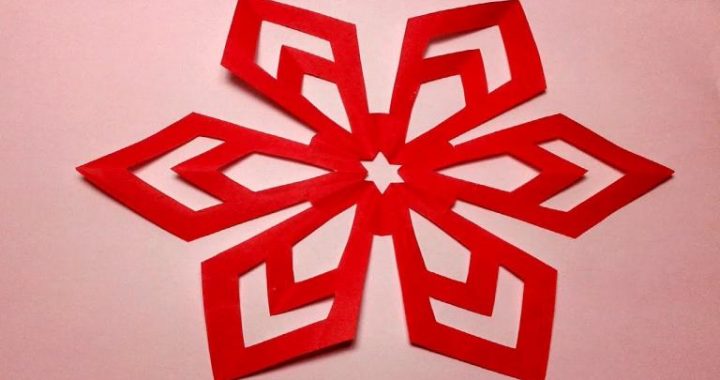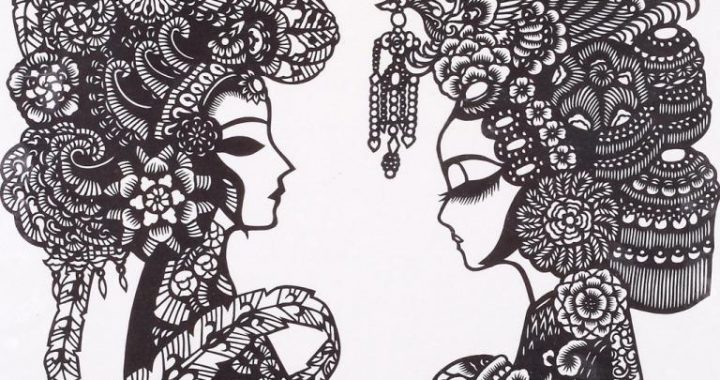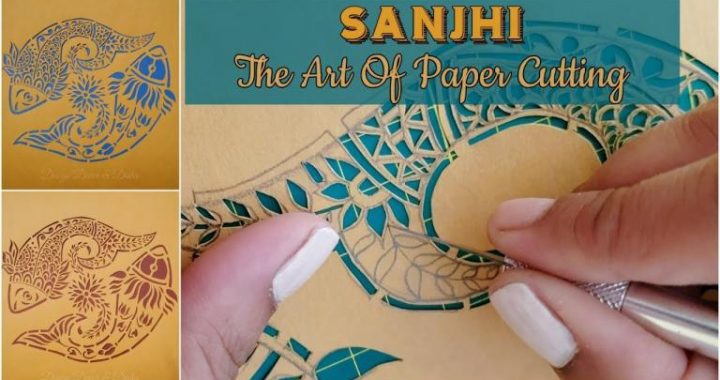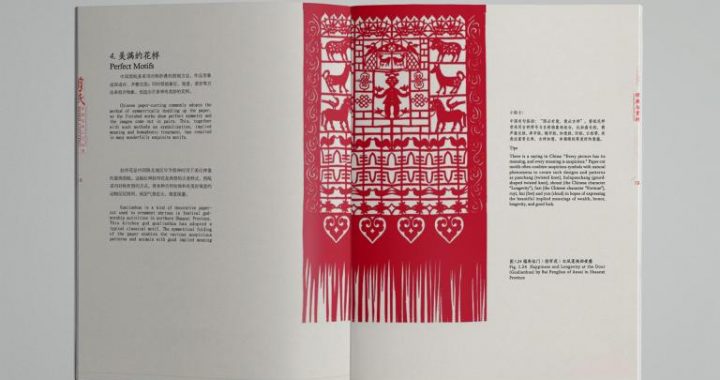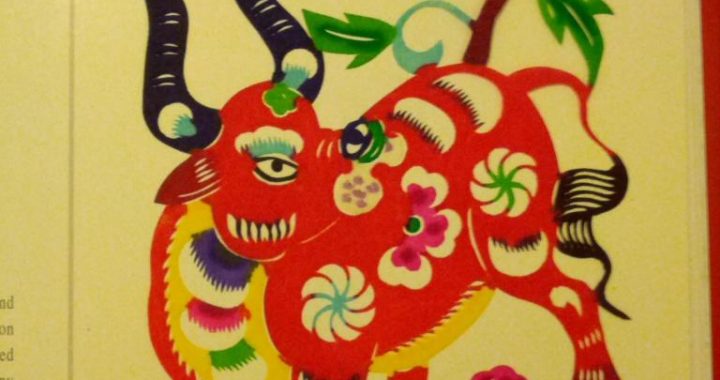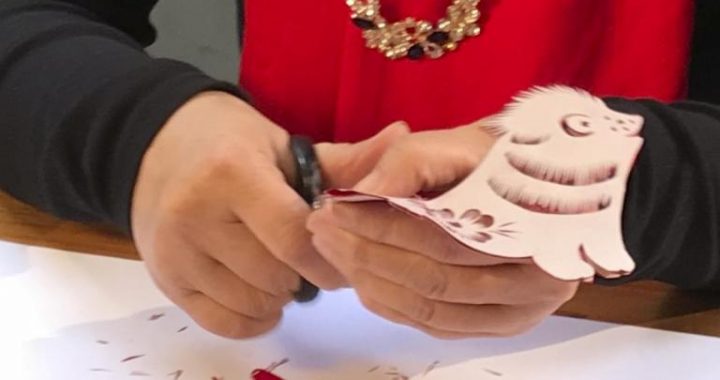From Shang to Western Han
2 min readProto-celadon was invented by Chinese potters in the middle period of the Shang Dynasty (1600-1046 BC). It was fired in kiln to a temperature of 1, 000 degrees centigrade or above, and the raw material of kaolin with high contents of silicon oxide and aluminum oxide produced jade-green glaze color. It already had some basic properties associated with porcelain such as considerable hardness, brittleness and low permeability.
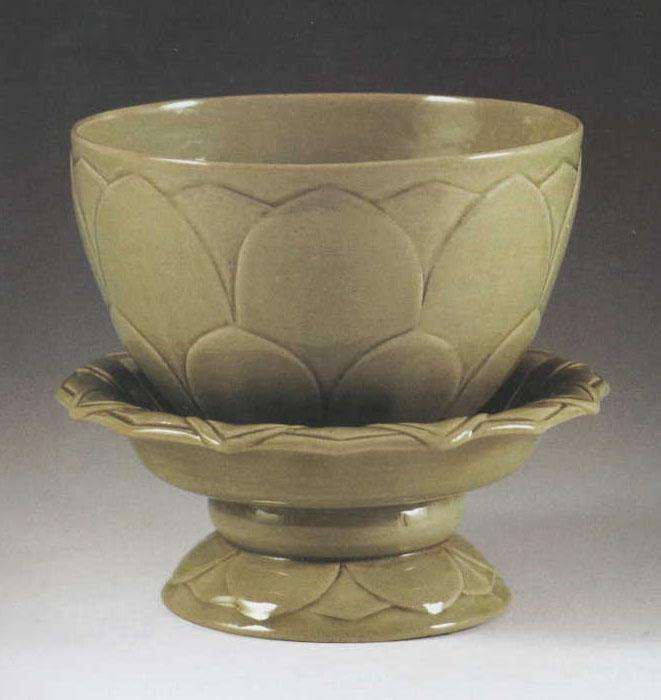
Nevertheless, the roughcast was not the same thickness, the shapes were not regular, and crazing often occurred in the glaze. By and large, it was still at a transitional stage from pottery to porcelain.
In most cases, a celadon object was made with the so-called coiling technique typically with dish-shaped mouth, a sharply turning shoulder, a bulging belly, and a Double-eared Pot Western Zhou (1046-771 BC) 13.2 cm in height, 8.4 cm in mouth diameter, 8 cm in bottom diameter Shaped like a creel with a small mouth and a bulging belly, this is a typical celadon pot of the early Western Zhou Dynasty.It’ s covered with blue and yellow glaze all over the body and decorated with straight lines and wave patterns on the shoulder.
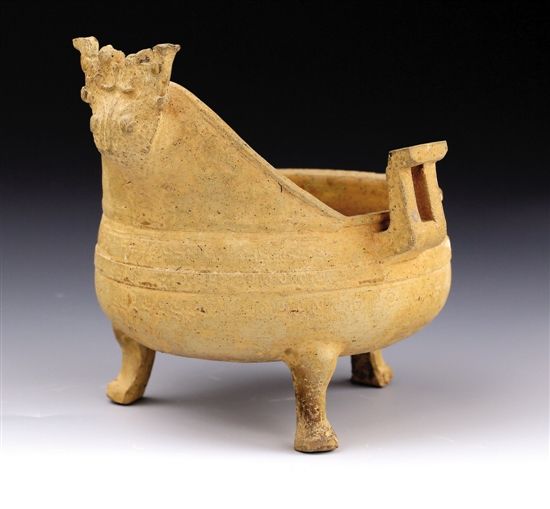
Double-eared Vase Western Han (206 BC-AD 25) 32.6 cm in height, 14. 3 cm in mouth diameter, 14 cm in bottom diameter Distorted fish designs separated by three brown stripes are carved on a layer of blue and green glaze. However, the glaze coating stops at the shoulder area of the vessel. exposing bare brown-red roughcast down below. Generally speaking, the clay roughcast of celadon wares of the Western Han Dynasty is porous, usually covered by a thick layer of deep-colored glaze.
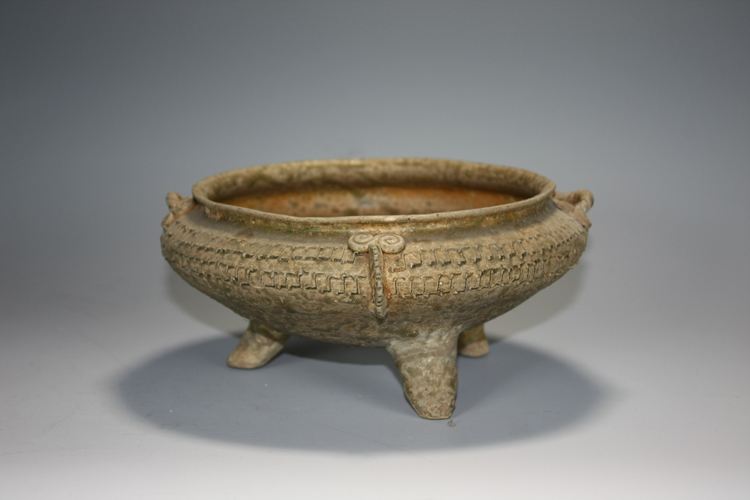
Tripod with a Loop Handle Warring States Period (475-221 BC) 17.7 cm in height, 7 cm in mouth diameter, 13 cm in bottom diameter erne Patterned after the bronze tripod of the same period for the purpose of warming wine,this celadon object with a dragon-shaped handle is made with the coiling technique and decorated with wave designs separated by straight lines. A thin layer of blue and yellow glaze is unevenly distributed on the surface technique permits con Coiling has been used for thousands of years to shape clay into thick or tall walled vessels. The technique trol of the walls as they are built up and makes the vessel look big and bulgy outward with less danger of collapsing.

